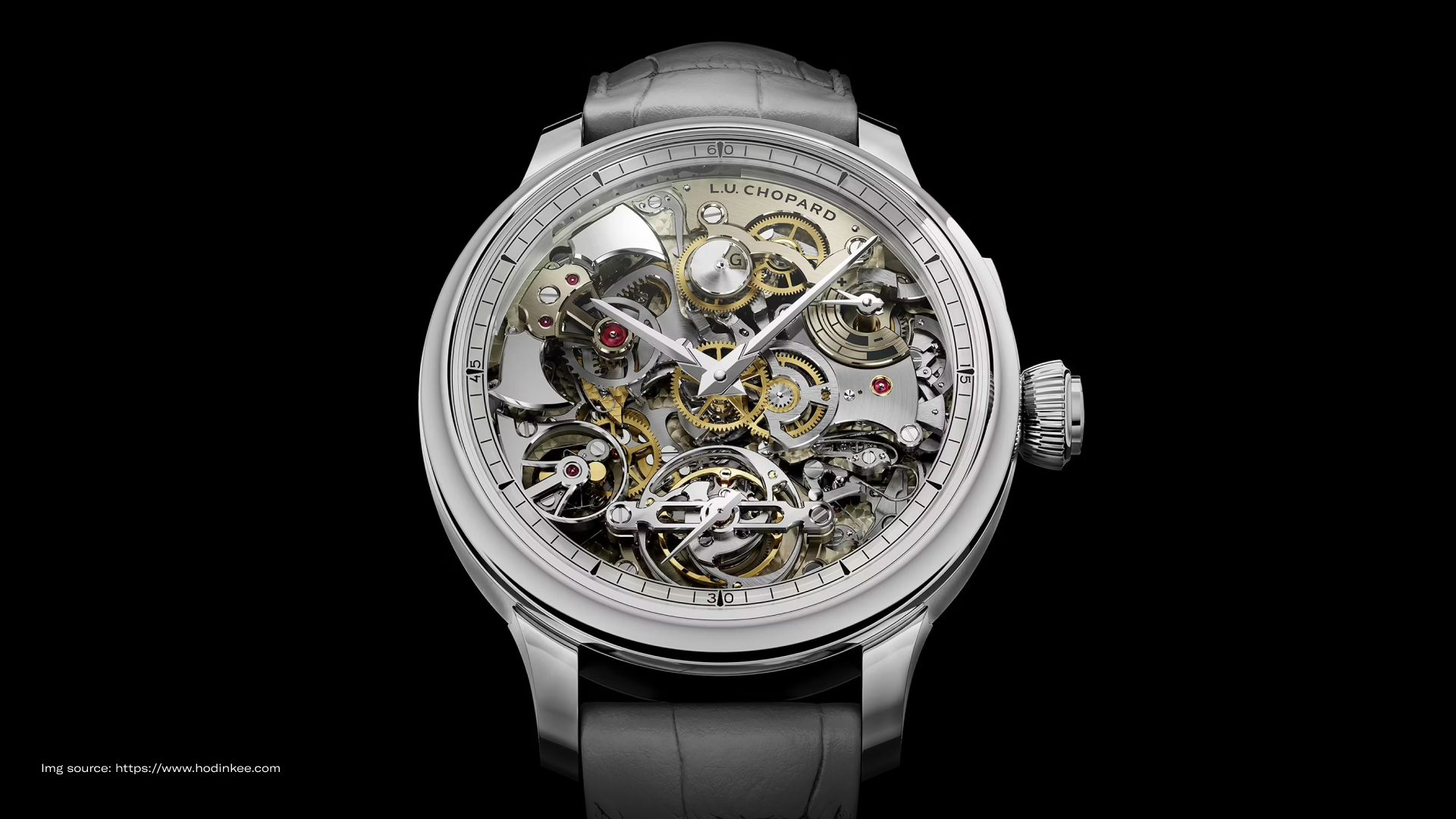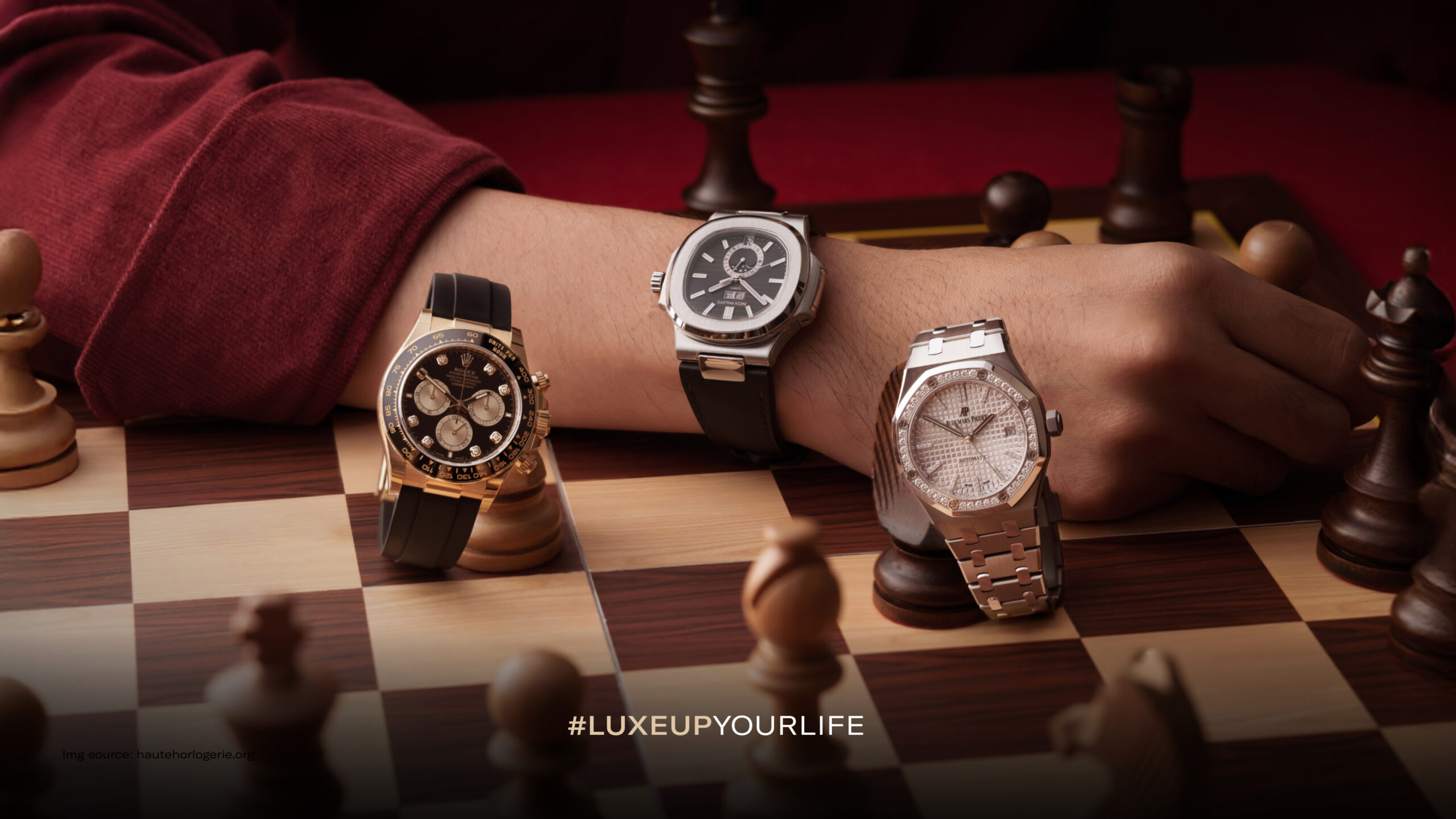When it comes to Japanese watchmaking excellence, the debate of King Seiko vs Grand Seiko has long intrigued collectors and enthusiasts alike.
While Grand Seiko is often hailed as the pinnacle of Seiko’s artistry, King Seiko holds an equally important place in history, offering refined alternatives that balance tradition and accessibility.
Understanding the nuances between King Seiko and Grand Seiko is essential for anyone looking to invest in a timepiece that embodies more than just function.
This article will explore the distinctions and shared values between these two Japanese watch brands, helping you appreciate not just which watch to choose, but the stories each brand represents.
Table of Contents
ToggleDesign Philosophy & Craftsmanship Compared
At the heart of the King Seiko vs Grand Seiko comparison lies a shared dedication to precision and refinement, yet their design philosophies diverge in meaningful ways.
King Seiko was originally conceived in the 1960s as a rival to Grand Seiko, embodying sharp, clean lines and a disciplined aesthetic that reflected the brand’s ambition to elevate Japanese watchmaking on the global stage.
Its designs often emphasized angular cases and faceted lugs, showcasing a bold yet understated elegance suitable for everyday wear while maintaining a distinctive identity.
Grand Seiko, on the other hand, has always been positioned as the pinnacle of Seiko’s artistry. Its design philosophy, anchored in the concept of “The Nature of Time”, is rooted in Japanese minimalism and inspired by natural elements such as light, shadow, and seasonal changes.
Every Grand Seiko timepiece is crafted with the utmost attention to detail, from Zaratsu-polished surfaces that reflect distortion-free light to intricately patterned dials that capture textures reminiscent of snow, rippling water, or tree bark.
Positioning and Brand
When looking at King Seiko vs Grand Seiko, one of the most significant distinctions lies in how each is positioned within the broader watch market.
King Seiko has traditionally occupied the mid-range segment, offering refined design and solid mechanical performance at a price point that is accessible to a wider audience. It was conceived as a line that could compete with respected Swiss makers of its era.
Grand Seiko, by contrast, was always intended to represent the pinnacle of Seiko’s artistry, a luxury brand designed to stand shoulder-to-shoulder with the finest Swiss maisons. Its positioning emphasizes exclusivity, luxury, and uncompromising craftsmanship.
From its meticulously polished Zaratsu cases to hand-finished movements, Grand Seiko is marketed not just as a watch, but as a statement of refined taste.
The brand has worked deliberately to separate itself from mainstream Seiko, establishing independent boutiques and cultivating an image that competes directly with Rolex, Omega, and other established luxury players.
Vintage Value Comparison: Which Holds Its Worth Better?
In the vintage and secondhand market, Grand Seiko watches generally hold their value better than King Seiko, largely due to its established reputation as a luxury brand and the limited production of many of its models.
Certain vintage Grand Seiko references, especially those with iconic movements like the 44GS or early Hi-Beat calibers, have even appreciated significantly in recent years.
King Seiko, on the other hand, tends to be more affordable in the vintage market. While it may not command the same premium as Grand Seiko, it has a dedicated following among enthusiasts who appreciate its sharp case designs.
Vintage King Seiko watches are often more accessible, making them attractive to collectors seeking heritage pieces without the high cost.
However, in terms of long-term investment, Grand Seiko is more likely to maintain or grow in value, while King Seiko remains more of a passion-driven purchase than a financial one.
Movement Comparison
One of the defining differences between King Seiko and Grand Seiko lies in their movements. Grand Seiko has always been positioned as the pinnacle of Seiko’s horological innovation, showcasing some of the finest mechanical, quartz, and Spring Drive calibers in the world.
From the ultra-precise 9F quartz movement, accurate to within seconds per year, to the revolutionary Spring Drive, which combines mechanical energy with quartz regulation, Grand Seiko movements are celebrated for both their technical mastery and finishing.
Mechanical calibers like the 9S series also embody the brand’s commitment to chronometric performance, often rivaling Swiss COSC standards.
Meanwhile, King Seiko, while historically impressive, was designed with a slightly different philosophy.
Its vintage models were powered by robust mechanical movements such as the 44KS and 45KS, known for their accuracy and reliability but without the same level of refinement or innovation as Grand Seiko.
Modern King Seiko reissues typically house Seiko’s mid-tier calibers like the 6R31, which offer solid daily performance but are not positioned at the same prestige level as Grand Seiko’s movements.
In conclusion, the debate of King Seiko vs Grand Seiko ultimately comes down to heritage, craftsmanship, and positioning.
Grand Seiko is perfect for those seeking cutting-edge precision and luxury, and King Seiko for collectors who value timeless design at a more approachable level.
Beyond Japanese watchmaking, Western and European brands also offer fascinating choices for enthusiasts. You can explore a wide collection of luxury timepieces at Luxehouze, where every watch is guaranteed 100% authentic and available at the best price. Visit Luxehouze today!











